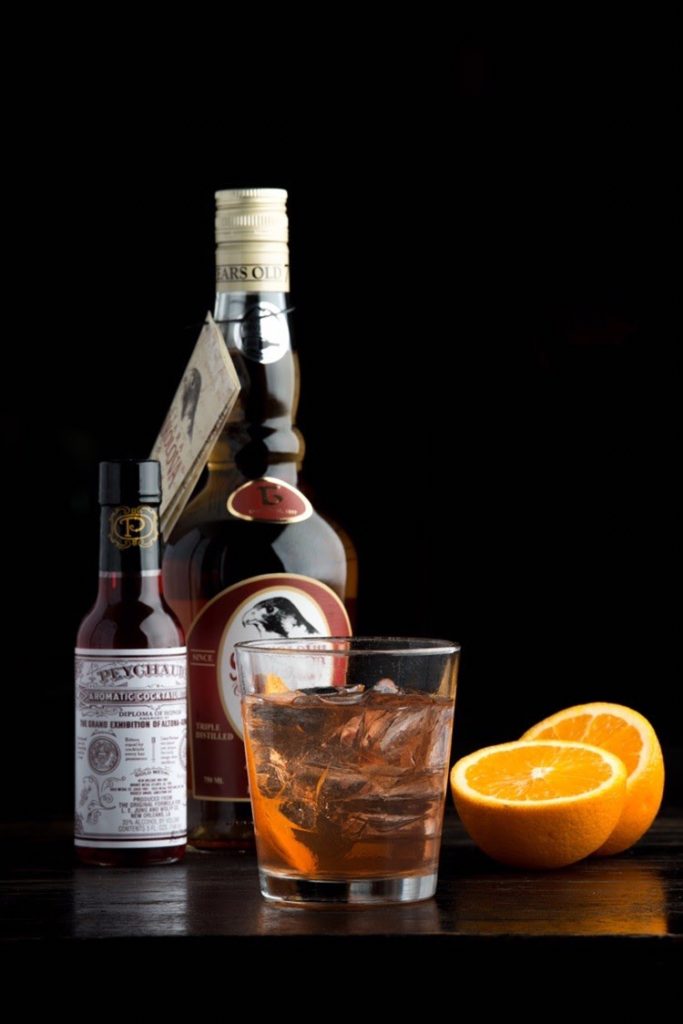Cocktail of the Month: Rakia, a Fruity Balkan Delight
By • January 6, 2022 0 3240

In the old part of Sarajevo near the towering Gazi-Husrev Beg Mosque lies the Baščaršija fountain, an Ottoman-style wooden structure that spouts water day and night. According to a local legend, visitors who drink from this fountain will return to Sarajevo someday. As a rambler with unquenchable wanderlust, I eagerly imbibed having already enjoyed three delightful days in this entrancing capital.
However, the water from the city square was not the only thing I drank when I visited Bosnia and Herzegovina that made me vow to return. I also had the pleasure of imbibing on rakia, a locally-produced fruit brandy popular in the region.
I first tasted this pleasingly sweet and mellow spirit at my guesthouse, where they hosted rakia tastings in the evenings in the main lounge. Each night would feature a different variety. A new bottle would be opened and shared among guests in small glasses. We talked, toasted and told stories until to the last drop was gone.
Rakia is forged from a range of fruit with plums and grapes being the most common. Others include apricots, peaches, cherries, blackberries, pears, apples and figs. Most of the rakia I drank in Bosnia was made from mixed fruit. Sometimes honey or herbs are added to enhance the flavor. Considered the national drink of the Balkans, it is often served as a welcoming toast to guests.
I enjoyed the smooth flavor that went down as effortlessly as the stimulating conversation between my fellow travelers. The sweetness from the fruit was just enough to mask the high proof, but not enough to become cloying. It had a delicate yet unmistakable deep rounded flavor, perfect for the temperate breezy evenings.
If you’d like to have your own rakia tasting, you don’t need to hop on a flight to Europe. You can simply make your way to Capitol Hill. Ambar, Washington D.C.’s first Balkan restaurant, serves 33 varieties of rakia, including Zaric Koketa cherry, Hubert apricot, Gazdina raspberry and Srpska Trojka quince.
Ambar is currently hosting a rakia tasting challenge until January 14, which is Serbian New Year. Guests can download a digital tasting card that will list each of the 33 flavors. The results of each tasting will be documented with a stamp of confirmation.
Once finished, guests will receive a grand prize of a personalized special 750 mL Rakia bottle, which will be housed in a private locker at Ambar. In addition, once guests reach 10, 20 and 30 rakia tastings, they will receive complimentary 1.5-ounce pours of Rakia.
As a cocktail aficionado, I immediately noticed the Rakia libations on Ambar’s menu, which included a classic old-fashioned with the addition of rakia and the fruit-forward Apricot Collins and Quince Up.
“Usually, it’s consumed as a neat drink but in order to introduce Rakia to the American market we are featuring many Rakia cocktails,” says Uros Jojic, general manager of Ambar. “Usually colorless unless it’s aged, it can be a perfect replacement to vodka, gin, rum or any other popular beverages used for cocktails. It has a strong fruity forward taste so it supplements perfectly the other ingredients that are part of the cocktail. In other words, if you are planning to make a cocktail that has a taste of apricot, you don’t necessarily need to add any syrups that have apricot as an ingredient. Apricot Rakia will do it. “
While I don’t know when I’ll be able to fulfill my destiny foretold by the Baščaršija fountain, I can still venture virtually afar with a sip of rakia.
Ambar Old Fashioned
1 oz Plum Rakia
1 oz. Bourbon
.5 oz Cane Syrup
3 dashes Bitters
Preparation : Add Cane Syrup and Bitters to a rock glass, and stir until the syrup saturated with bitters, fill the glass with ice cubes and add the Plum Rakia and the Bourbon, stir with mixing spoon, garnish with an orange peel and cocktail cherry.

